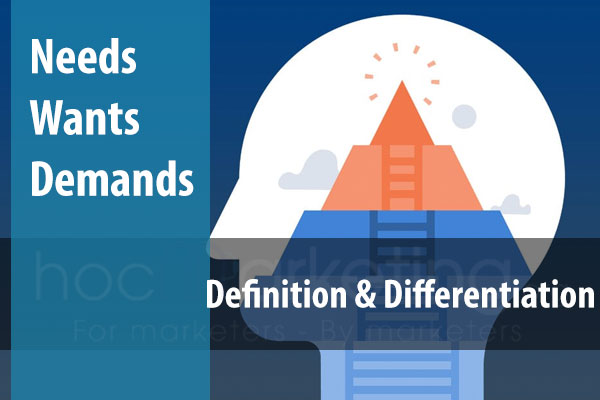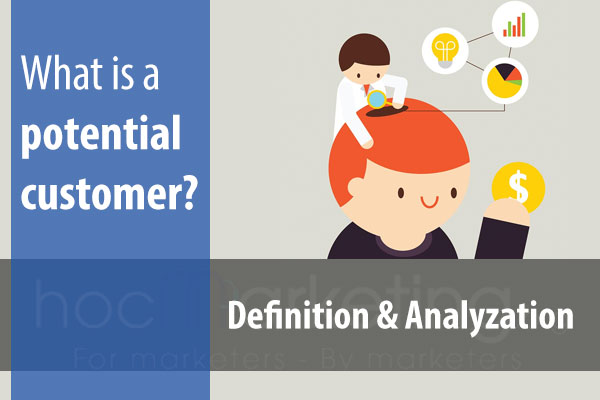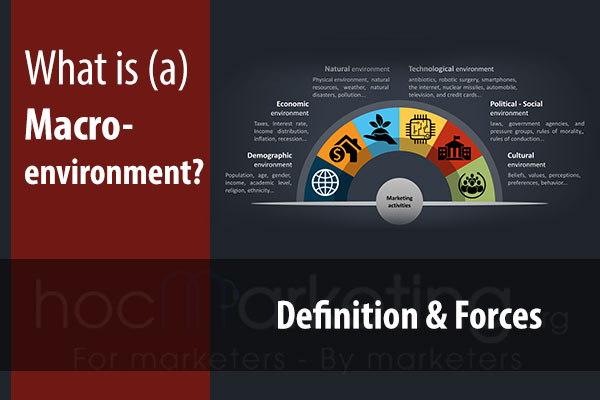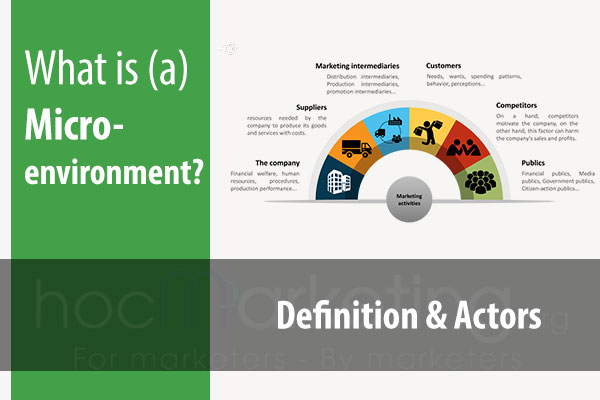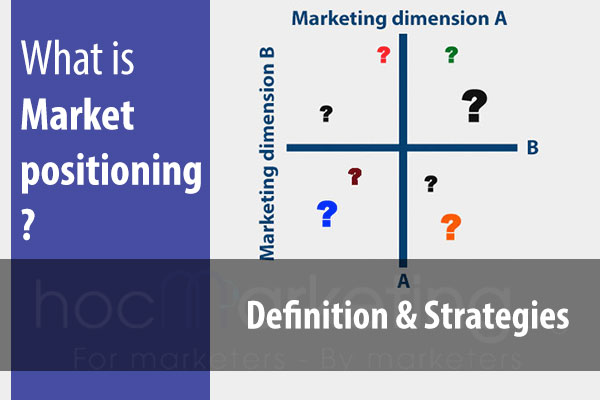
What is Macromarketing? Macromarketing vs Micromarketing

Macromarketing is a strategy that targets broad audiences and deals with a product's overall positioning. In this article, you'll learn more about the 4 components of macromarketing, and 4 factors that affect it.
Macromarketing is a strategy that targets broad audiences and deals with a product's overall positioning. In this article, you'll learn more about the 4 components of macromarketing, and 4 factors that affect it.
What is Macromarketing?
Macromarketing is the marketing strategy that focuses on society and the economy as a whole. It includes thorough research of the way society and the economy are affected by marketing practices.
Macromarketing is a means of using product, price, promotion and place to form the adequate market environment for firms and to make the consumers want to buy the goods they produce. All four of these parts create demand in order to build revenue for private firms.
Understand Macromarketing
The business environment is always changing, and that means the preferences of consumers are always shifting. Brands search for creative ways to reach customers, using multiple channels to find them.
Driven by the strong motive of connecting with the target audience, companies are using the various traditional and digital channels to market themselves. They don't leave any stone unturned in their quest for a highly engaged audience.
Marketing has a significant impact on the lives of consumers and the way they react to things around them. Marketing also signifies how the individual interacts with their environment and society.
If a company is going to do Macromarketing, they have to make sure it benefits the public and the society as a whole. They need to generate ideas that are in accordance with social norms and values.
Macromarketing is a popularity-based approach. It's designed to be effective with consumers by focusing on the needs, wants, and expectations of the masses rather than individual markets.
Some academic professionals, who work with research on the aspects of Macromarketing, go on to claim that the area of Macromarketing focuses primarily on the details of marketing and its complexity. And some of them state that value in Macromarketing lies primarily in its sheer objectivity.
It looks at how society divides the goods and services among the consumers in the market, as well as how everyone's marketing strategies are affecting global areas.
Macromarketing focuses on how advertisements and promotions impact the younger members of society. It also explores how marketing is solving social issues and tackling taboos.
Questions related the environmental impact of production and packaging, product lifecycle sustainability, and resource utilization are some issues that need to be addressed before a purchase is made.
The field of Macromarketing is quite complex and has a very high level of theory when trying to understand consumer behaviour. It looks beyond logistical problems and supply-and-demand to address the relationships with consumers.
Macromarketing works on mass consumption, not individual levels of consumption.
The Macromarketing Strategy includes:
- Driving demand for goods and services in the market is important because it ensures that companies can grow their business.
- Design and create packaging that is environmentally friendly and ready to integrate into your suppliers' assembly line.
- Think about how the product or service caters to the needs of society as a whole and then curate and execute advertising campaigns with this in mind.
Macromarketing v/s Micromarketing
Macromarketing is often compared with micromarketing. Macromarketing mainly focuses on how the brands are going to market the new products. Micromarketing focuses more on what brands plan to manufacture and at what price points for the public.
One marketing strategy is micromarketing, the opposite of macromarketing. In micromarketing, we focus on a smaller group of our target audience rather than the whole society. By narrowing down the parameters targeting our customer and our projects to a specific group, customers will be able to better relate to our product.
The economies of scale and huge level of filtrations make macro-marketing more efficient, as compared to micromarketing which is not as cost-effect.
4 Components in the strategy of Macromarketing
1. Advertising and Promotions:
Even while developing marketing and promotional campaigns for your product or service, Macromarketing targets the larger target audience. It plans in a way that reaches the largest possible audience, addressing questions such as:
- Does your company have a 360-degree media and marketing plan in place? You'll utilize traditional media platforms as well as modern ones.
- How are the companies promoting their products to a wider set of audience?
- Do your promotional campaigns appeal to everyone?
Are advertisers and marketers taking advantage of negative public opinions?
2. Features of the products:
The idea behind macromarketing is to create products that match the needs of a larger number of people. For example, it would address questions like:
- What are the features and attributes of the product?
- Does your product solve an important pain point for consumers?
- Does it have any unique selling proposition?
- Do its manufacturing techniques harm the environment or the ecosystem?
- Does it have a global appeal?
3. In-Store availability of the product:
No matter how much digital marketing we do, people still want to buy things in a physical store. That’s why every business has to have their products on the shelves in traditional shops and online. And it’s not always just about meeting demand—many products sell better in one store than the other for specific reasons.
4. Packaging
Some eco-friendly materials, like recycled plastics, are ideal for making your packaging. We know, because we’ve been in the industry too, and we love what we do.
4 Factors that affect Macromarketing
1. Demographic Factors:
The concept and strategy of Macromarketing is heavily influenced by the various demographic factors, such as age, gender, income levels, disposable income, occupation, and other such statistics. And companies and marketers have to pay close attention to these factors when designing their products and services. If you want to reach your target market effectively from a marketing perspective, then you need to know who they are.
2. Economic Factors:
Macromarketing strategies are affected by the economic factors of the market, such as the purchasing power and spending patterns of consumers. Other common factors include financial or economic norms like VAT, tax, and unemployment rates. The GDP of the nation has a big effect on Macromarketing.
3. Technological Factors:
In order to keep up with the latest developments and standards in the modern market, brands need to march ahead by innovating. This means constantly innovating in terms of product manufacturing techniques, sales strategies, marketing, promotion, and customer service levels.
Sentences:
4. Political Factors:
When designing for a specific culture, it's important to consider the socio-political influences. Things such as government agencies, pressure groups, and political parties can greatly affect the strategy of your marketing campaign. This is especially true for developing countries.
Conclusion
Macromarketing is a big-picture approach to marketing that takes into account the societal, economic, and environmental factors that affect businesses and consumers. It's a holistic approach that looks at the "big picture" of how marketing affects and is affected by the world around us. Micromarketing, on the other hand, is a more narrowly focused approach that looks at marketing within a specific company or product. While both approaches have their benefits, macromarketing is becoming increasingly important in today's globalized, interconnected world.






